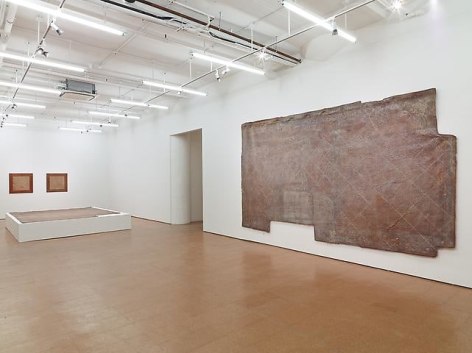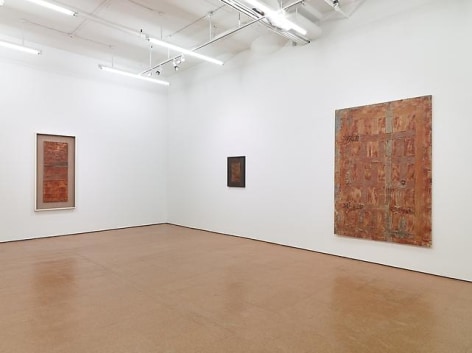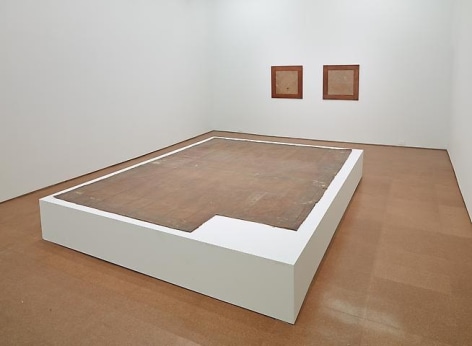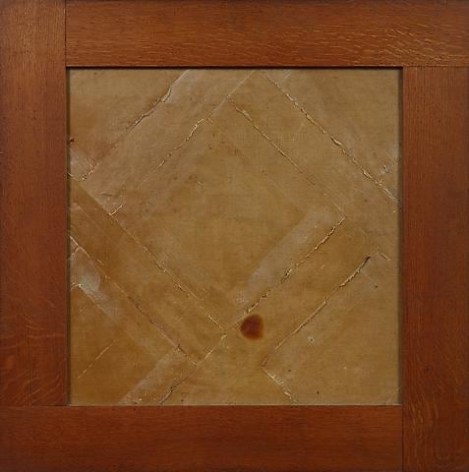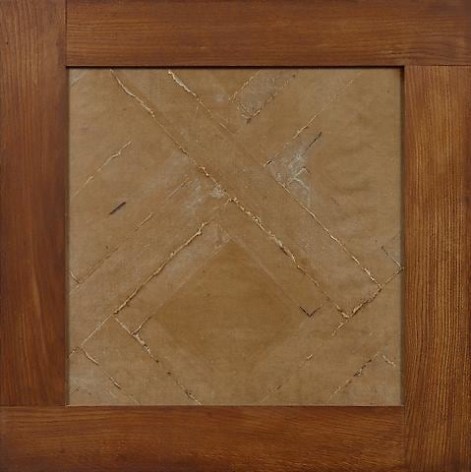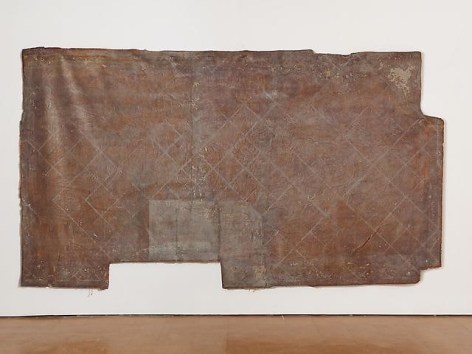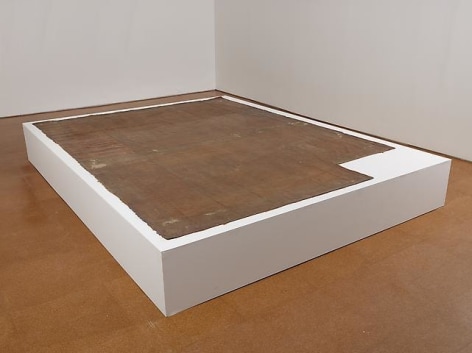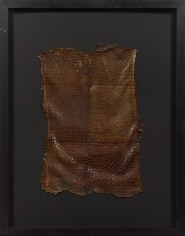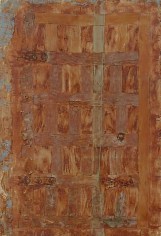Alexander Gray Associates presented its inaugural exhibition of Heidi Bucher, featuring emblematic works from the 1980s and 1990s. Bucher (b.1926, Winterthur, Switzerland – d.1993, Brunnen, Switzerland) maintained an important, but overlooked practice dedicated to the exploration of materiality, space, and the body. The exhibition focuses on Bucher’s “skinnings,” the works for which the artist is most well-known. Studies of personal, cultural, and collective memory and experience, the “skinnings” examine architectural elements of historically and personally significant buildings. Having studied fashion, Bucher began her career creating body wrappings, body shells, and latex casts of clothing, exploring clothes as second skins that hid women both physically and psychologically. Bucher’s move towards architectural imprints, which began after returning to Switzerland from Los Angeles in the early 1970s, was an extension of her earlier clothes-based works and her investigation of the body in space.
Heidi Bucher created pieces like Obermühle (c.1980-81) by applying fabric or caoutchouc to the interior surfaces of rooms, including doors, floor segments, windows, and entire walls. Layering latex on top, she removed the fabric and latex as one, often peeling off paneling, plaster, and pigments in the process. Her “skinnings" embody both the materials used and the architectural features of the space. In some cases, Bucher applied a top coat of iridescent mother-of-pearl paint, giving the works a patina-like finish as in Untitled (floor fragment) (c. 1980s). Through a highly physical process of artistic creation, Bucher engaged with notions of personal and collective memory. As she stated, “We paste the rooms and then listen. We observe the surface and coat it. We wrap and unwrap. Life, the past, becomes entangled in the cloth and remains fixed. Slowly we loosen the layers of rubber, the skin, and drag yesterday into today.” Bucher’s works enabled her to appropriate historically and personally charged spaces and make them her own. Villa Bleuler (c.1991), a tile imprint of the nineteenth century estate, is indicative of the domestic environments and spaces on the verge of decay or destruction that primarily concerned Bucher; she worked on the historic villa right before it was renovated to house the Swiss Institute for Art Research. The resulting objects carry great emotional significance, containing a personal story of the artist’s past.


